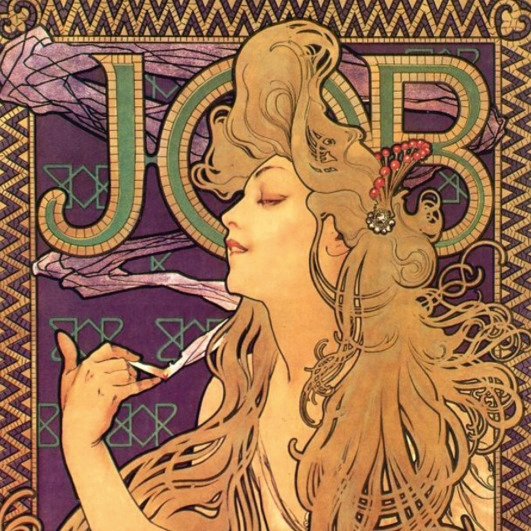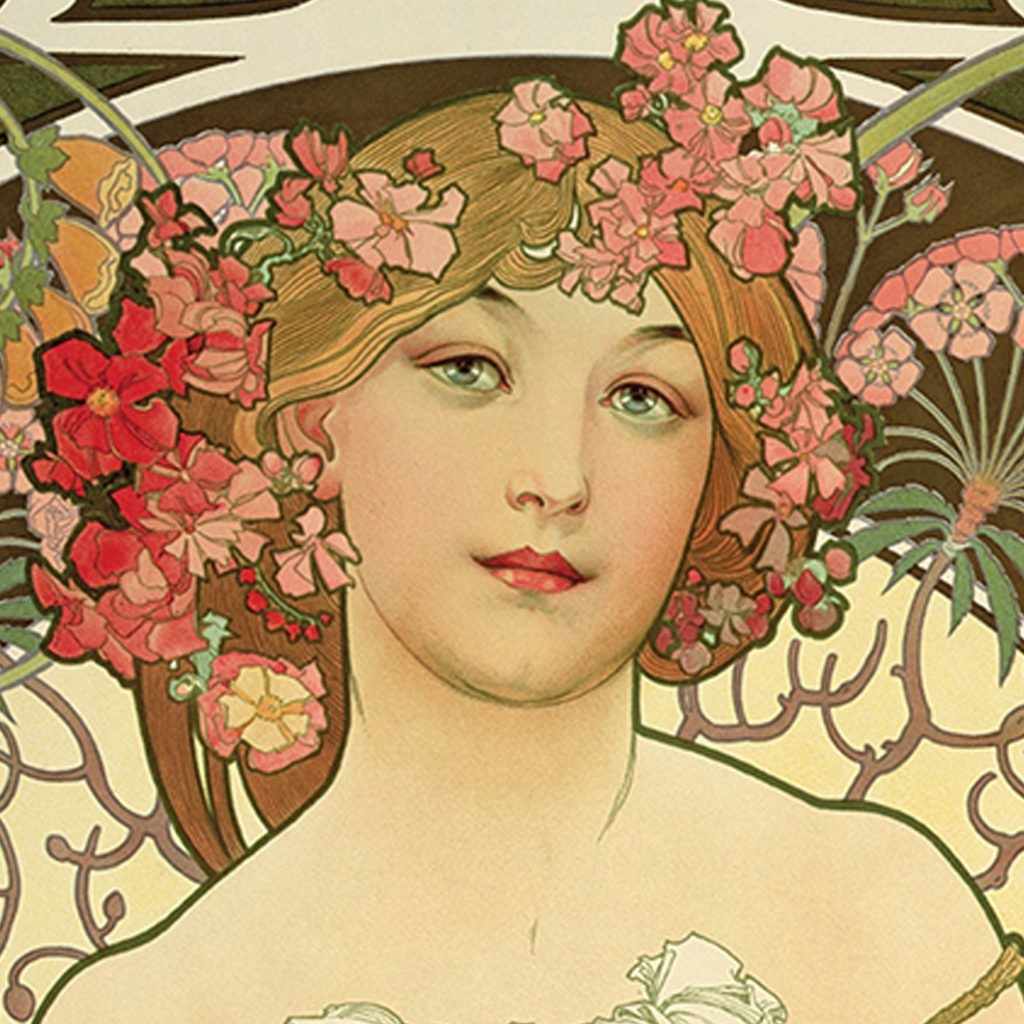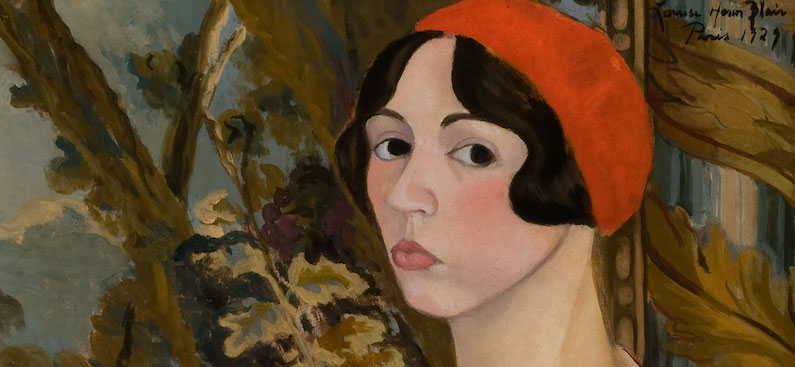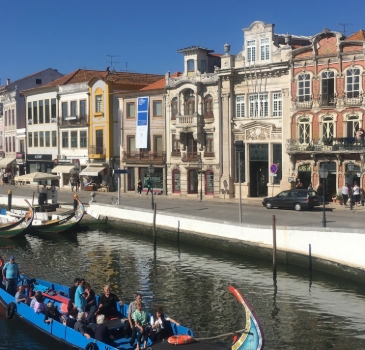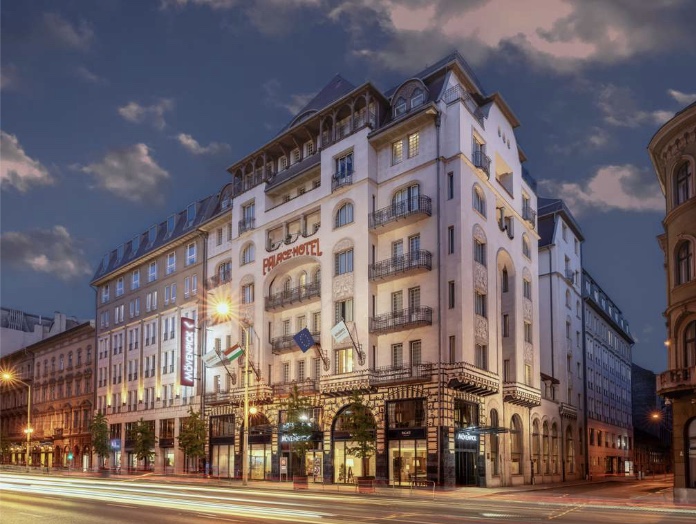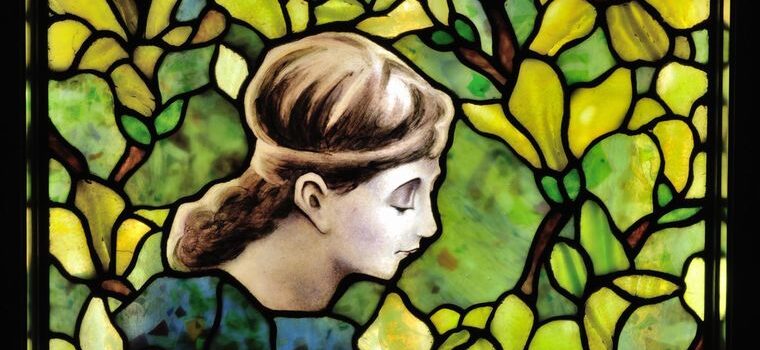More than a hundred of works by Art Nouveau master Alphonse Mucha are being shown at Speed Museum since October 21st 2022.
The Alphonse Mucha: Art Nouveau Visionary exhibition has brought Mucha to Louisville showcasing 124 pieces from the Mucha Trust. The exhibition features an array of works in various media representing the broad scope of the artist’s works, including his theatrical and advertising posters, ornamental objects, sculptures, and photographs. Included in the exhibit will be “rarely exhibited preparatory drawings” and lesser-known publications “Decorative Documents” and “Decorative Figures” and his deeply spiritual visual interpretation of the Lord’s Prayer, “Le Pater”.
Alphonse Mucha is perhaps the most famous poster and decorative artist of the Art Nouveau era. He was much more profound and prolific than his famous posters, and what he understood about design, branding and attracting viewers, has been studied and dissected many times over by art historians.
Speed Art Museum is Kentucky’s oldest & largest art museum, and the perfect spot for the art-savvy and the art-curious.
The Speed Art Museum, originally known as the J.B. Speed Memorial Museum, now colloquially referred to as the Speed by locals, is the oldest, largest, and foremost museum of art in Kentucky. It is located in Louisville, Kentucky on Third Street next to the University of Louisville Belknap campus and receives around 180,000 visits annually.The museum offers visitors a variety of “art experiences” outside its collection and international exhibitions, including the Speed Concert Series, the Art Sparks Interactive Family Gallery, and the popular late-night event, After Hours at the Speed.The Speed houses ancient, classical, and modern art from around the world. The focus of the collection is Western art, from antiquity to the present day. Holdings of paintings from the Netherlands, French and Italian works, and contemporary art are particularly strong, with sculpture prominent throughout.
Every third Friday, the Museum opens until 10 pm. Each After Hours event comes alive with an eclectic mix of music, performances, cash bar plus food available by Wiltshire at the Speed, and of course art! Come experience the Speed after hours.
More information CLICK HERE, the museum website.
If you want to know who was Alphone Mucha, let’s read an interesting article about his lilfe HERE or read the text after this interesting Youtube video.
Also, some interesting information about the relationship between Mucha and Sarah Bernhardt, the world’s most famous actress in the Paris of 1894. One night she want to the Lemercier printing house with an urgent order. She had suddenly changed the program of her theater and needed posters to advertise her new offering, Gismonda. A Czech artist named Alphonse Mucha was in the workshops correcting some lithographs for a friend. He was the straw that the head of the printing press clung to. A few days later, Mucha went to the Théâtre de la Renaissance and showed his proposal to the actress.
This she was enthusiastic and she ordered four thousand copies. Many were ripped from the walls. The printing press even sold black market copies, until Bernhardt stopped the scam through the courts. All of Paris wanted a copy of that revolutionary poster. “Le style Mucha” was born, one of the most popular manifestations of what came to be called Art Nouveau.
Mucha was a master of versatility. He signed a contract with the Bernhardt and for six years he designed posters, dresses, hairstyles and sets, and even did some first steps in theater direction. Of course, the Czech abhorred the term Art Nouveau, because for him art was eternal and, therefore, it was neither old nor nouveau.
Alphonse Mucha was born in the Moravian town of Ivancice (then part of the Austro-Hungarian Empire, today the Czech Republic) in 1860. He was a dismal student, redeemable only by his talent for drawing. However, he failed to enter the Academy of Fine Arts in Prague. He wandered the Empire and made a living painting theatrical sets.On his pilgrimage he met Count Khuen Belasi, for whom he painted some frescoes and who financed a study trip to Paris. One bad day, for unknown reasons, the assignments stopped arriving. Alphonse had to abandon his studies and began to collaborate in illustrated magazines. And then, when he was 34 years old, Divine Sara arrived. Mucha became, for a decade, the most famous artist in France.
He designed cardboard packages, cans, magazine covers, decorative panels and jewelry, and even had a soap named after him. Art and capitalism, hand in hand. He set one of the axes of modern advertising and merchandising: the woman as the object or subject of the message, which sometimes completely replaced the product in question.
The “femmes Mucha” –mysterious, but not the fatal ones so in vogue at the time– became ubiquitous. In record time he also had a gigantic battalion of imitators and followers. Not to mention that, clumsy or uninterested in legal matters, he let the printers keep his drawings as their property. In this way, for example, a design for a calendar became a decorative panel, and then an advertisement for the Barcelona firm Chocolate Amatller.
His works belonged to the commercial field, which did not mean that they did not have an intellectual approach behind them. To the extent that his clients allowed him and what the general public could accept, Mucha’s illustrations drank from the culture of the moment, that of Oscar Wilde or Baudelaire, Symbolism, Naturalism, the rise of spirituality…
Mucha was a Freemason and became interested in Theosophy, an esoteric doctrine born at the end of the 19th century in Russia. Also, he was an expert photographer and many of his compositions are based on snapshots of models.
The turning point in his career came with the Paris Universal Exhibition of 1900. The Austrian government commissioned him to decorate the pavilion of Bosnia-Herzegovina, and the artist went to the Balkans to find inspiration. There he became aware of the multitude of Slavic peoples who for centuries had been pieces of the Turkish, Russian or Austro-Hungarian empires.
A visionary beyond aesthetics, Mucha used his art to convey messages of unity and heritage. His monumental “Slavic Epic” stands as a testament to his dedication. Learn more about his cultural contributions here.
Americans are embracing the enchanting charm of Art Nouveau with private tours that offer a unique European adventure. Dive deep into the artistry and history of this beloved movement while exploring renowned landmarks and hidden gems. Find out more about these exceptional tours in Private Tours for Art Nouveau Enthusiasts: A Unique European Adventure Americans Love.

